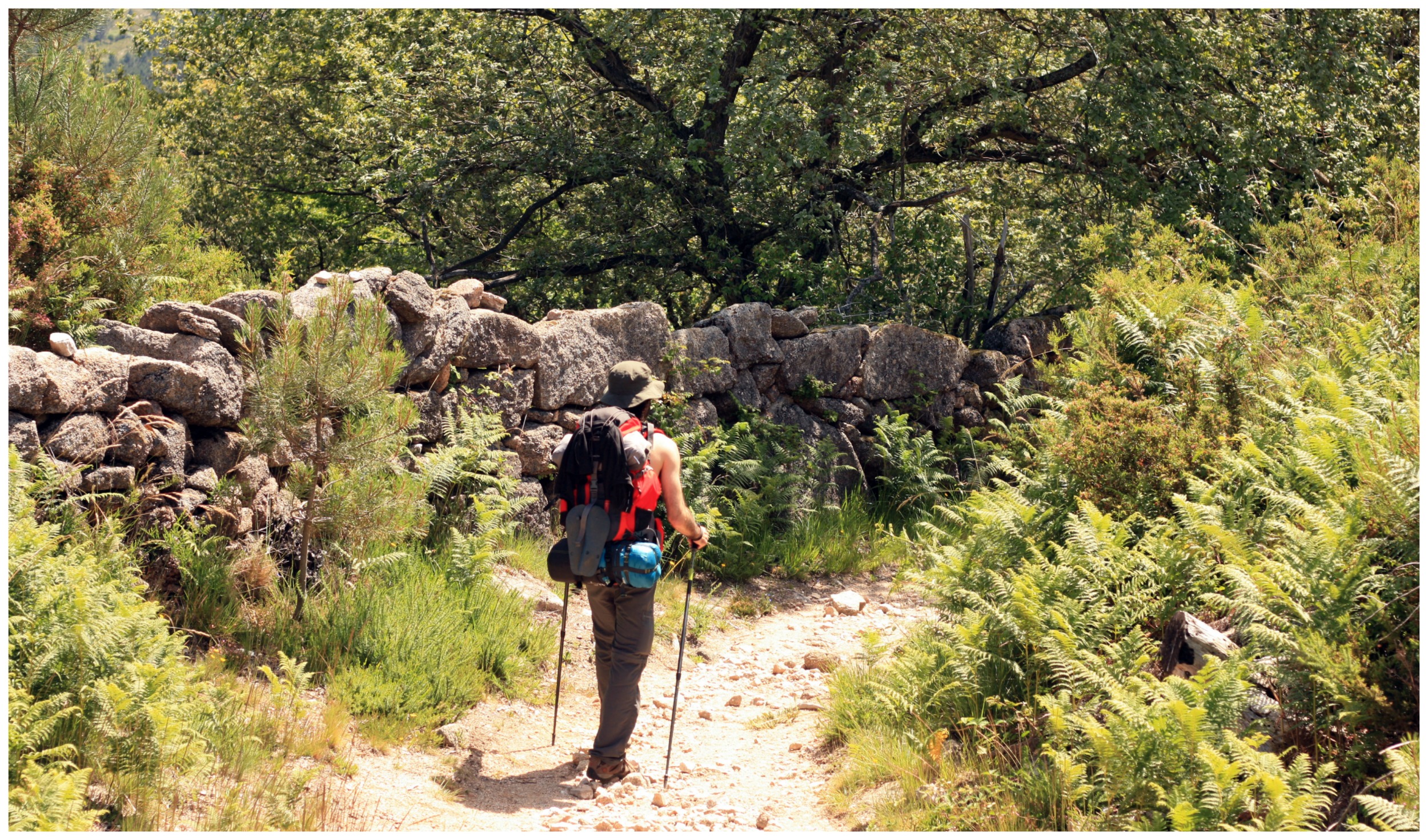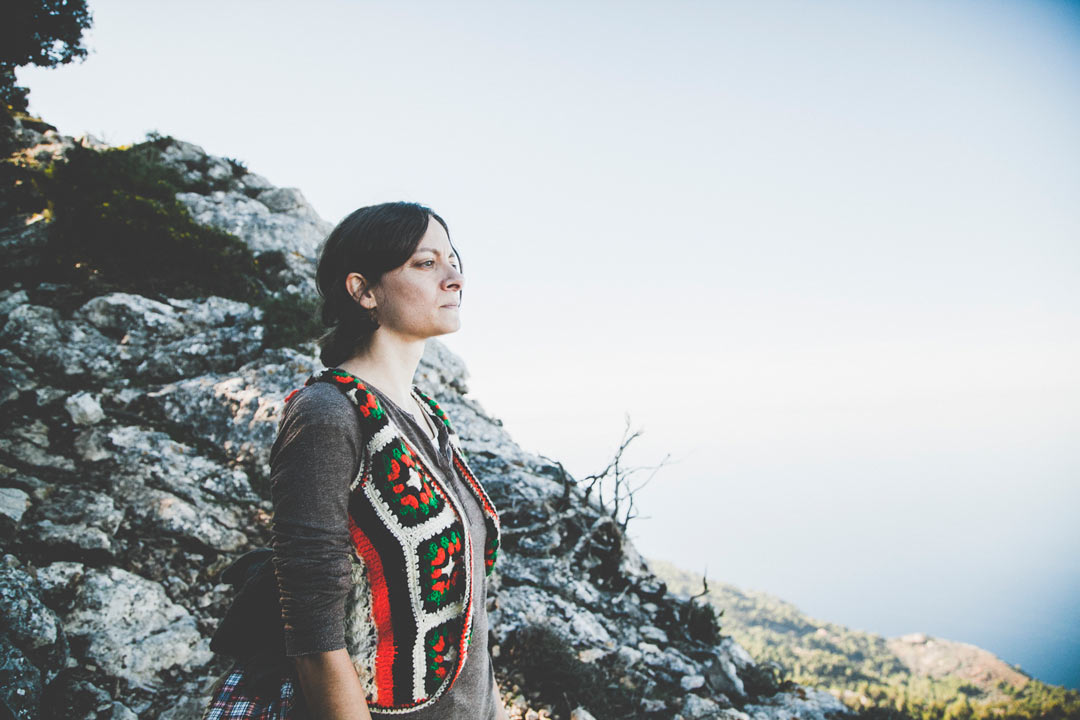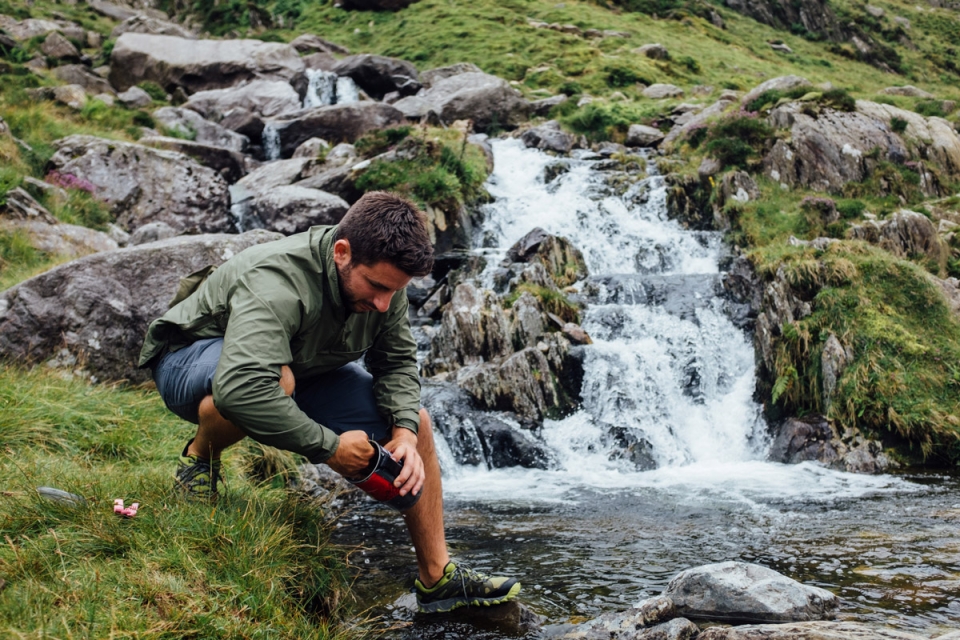The National Park of Peneda-Geres is located in the north of Portugal, in the northeast of Minho, extending to Tras-os-Montes. This is a protected area since 1997, considered by UNESCO as a World Biosphere Reserve. It stands out for its scenic beauty, the variety of fauna and flora and for its value of ethnographic traditions.
We left on a Friday following the train rails to Braga and then we boarded a bus to the small village of Campo do Geres. It was about 7 pm when we reached our destination and the sun began to make its way to the moon. We set up the tent, prepared a small meal and went to bed, because in the next day the adventures were waiting for us!
We woke up and early in the morning several birds twittering around us. We prepared the backpacks and started to wandered around a trail that would sum up to about 15 km long. We did a couple of breaks along the way to observe the surroundings, draw and walk . The most important thing was to be there and enjoy the scenery. The dam of the river “Rio Homem” was quite full due to the constant rains that occurred during the Spring this year, so the margins were higher than we would expect. However, we went ahead and through pine woods and gorse fields, we managed to go there and take a peek at the river. Then, we quickly decided to go to the northern shore, at the foothills of the mountain “Serra Amarela”, trying to see the ruins of “Vilarinho-das-Furnas”, a village that in 1972 was submerged by the dam. From times to times, when the water levels lower down, the village emerges, presenting us with a mystical glimpse to the past.
Everything was very green and flourished. We could see many ferns, oak trees, hollies and ivies… Eurasian skylark (Alauda arvensis), tree pipit (Anthus trivialis), dunnock (modularis Prunella) and The European robin (Erithacus rubecula) are some of the birds that accompanied us along the way.



